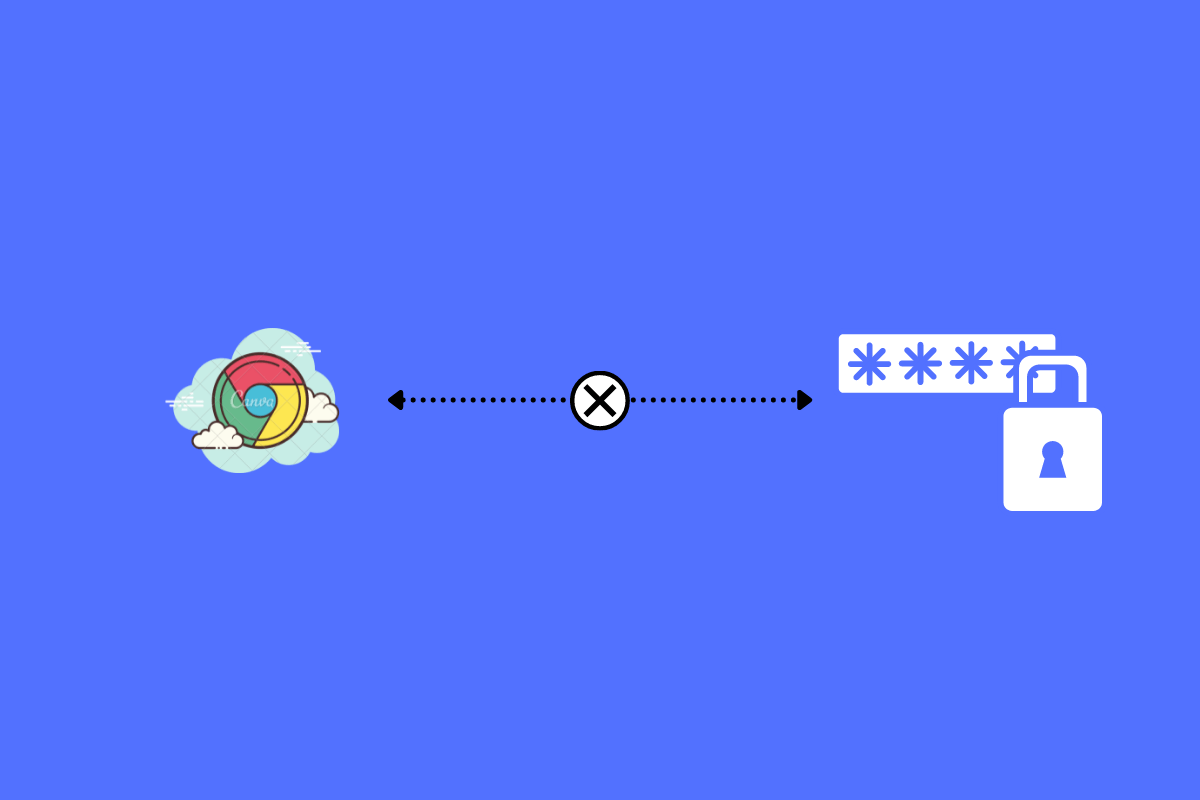

Google Chrome Not Saving Passwords
If Google Chrome is not saving passwords on your computer, then check the troubleshooting tips that I am going to show you in this guide. We all visit numerous websites for several purposes. Most websites prompt visitors to create an account. Creating an account requires you to have a username and password.
It is not possible to remember technically secure passwords for numerous websites and exclusively log in by typing in the credentials. Hence, prominent browsers such as Google Chrome have this feature to save passwords of a website for easy and automatic login the subsequent times the visitor lands on the website. All you need to do is enter the email ID, the password will enter on its own, and you are logged in successfully.
It becomes an issue for the visitor if Chrome is not able to save the passwords. It will be a time-consuming affair for the user to renew the login credentials as most tend to forget their password. If you have been facing the same issue, then let me tell you why it happens and how to resolve it.
Here are the simple solutions you need to follow to Fix the Error of Chrome Password Saving Issue
If you have been getting prompts in the last few sessions of your Chrome browser to save passwords while creating an account and suddenly you don’t see the prompt, it may be a minor snag that can happen out of nowhere.
You can try to restart the Chrome browser. The best way to do so is to kill it from the task manager, reboot the PC, and then re-launch the browser.
Now, access any website that requires you to create an account. Check whether the Chrome browser now prompts you to save the password.
This means you have to separately enable Offer to Save Password on Chrome browser on your computer as well as on mobile devices. I have included the steps for Windows OS, Android OS, and iOS.
Once you enable, the feature Chrome will offer to save the password whenever you create an account on any website.
Alternatively, ensure that you have set password field autofill from the iOS settings app.
Often I have noticed that whenever Chrome is not offering me to save passwords on its own, signing out from the browser and signing back in makes that work. You can try the same.
Chrome browser updates itself periodically. Still, if the device has not been connected to the internet for a while, maybe the browser version has not been updated to the latest build. So, you have to connect to the internet and run Chrome. It should update itself.
Clearing the cache files and browsing data is also the right option for you to resolve password issues. Follow these steps in case you don’t know how to clear the cache of your Chrome browser.
I always suggest not trusting third-party applications to manage your essential passwords. Most of them are too pricey, and most of the time, I have read negative reviews about such applications and extensions.
Always stick to brands like Google or Microsoft services which offer excellent security for your online presence and that too for free. Maybe the third-party application has access to your passwords, and it doesn’t allow other entities to save them.
So, it is better to remove this extension from your Chrome browser.
If nothing else works, you can reset the Chrome browser. This will reform the browser and fix all the technical snags.
If you’re encountering the issue on a Mac computer, there’s one solution that is known to resolve the issue. Clearing the cache will fix the Chrome Not Saving Password issue.
So, these are the various troubleshooting methods that will fix the issue of Google Chrome not saving passwords on your Chrome.
This post was last modified on December 23, 2022 8:54 pm